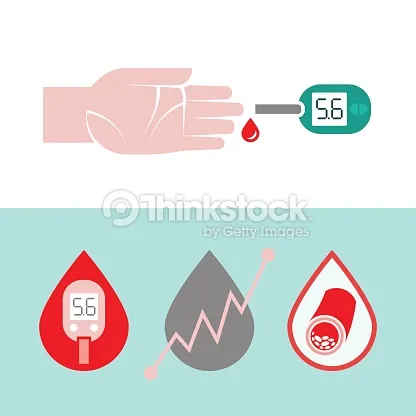The proof currently used, although useful, can be inaccurate, delivering identical readings for people with different average blood sugar levels.
Xinhua.United States researchers developed a more precise method to calculate the average blood sugar levels that can reduce diagnostic errors compared to the currently used tests that are sometimes not very precise.
"What we currently consider the golden rule to calculate the average glucose in the blood in no way is as accurate as it should be," said researcher John Higgins, associate professor of systems biology at Harvard Medicine School and Clinical Pathologistfrom the Massachusetts General Hospital.
"Our study not only locates the root of inaccuracy, but also offers a way to avoid it," Higgins added.
The conclusions of the study were described in the American magazine Science Translational Medicine.
As the blood sugar level varies every hour, and even every minute, doctors use the so -called A1C test as an indicator to calculate the average level of glucose in a person's blood in the last three months.
The A1C test measures the amount of glycosylated hemoglobin, the glucose that adheres to hemoglobin, or oxygen transporter, inside the red blood cells, which can live three months in the body.
However, the test is inaccurate to some extent.It can lead to identical readings for people with different average levels of blood sugar.People with similar levels of blood sugar can also end widely divergent results.
The team found that this lack of precision is completely derived from the individual variations in the life of a person's red blood cells.
To eliminate the influence of the variation by age, the team developed a formula that factor the life period of a person's red bloodThe standard A1C test and with glucose levels directly measured by continuous glucose monitors.
The A1C standard test provided notable outcast calculations in about a third of the more than 200 patients whose results in the test were analyzed as part of the research.
According to the new model, patients can carry a glucose monitor for a few weeks to obtain a level of comparison of their blood sugar level, which will also allow doctors to calculate the average age of a person's red blood cells beforeTo remove the monitor, the team said.
"The doctors who treat freshly diagnosed patients will immediately know what the age of a patient's red blood cells is," Higgins said.“Then the patient test results may be adjusted to the age factor of the red blood”
Currently, diabetes affects more than 422 million people worldwide and knowing exact levels of blood sugar can help them better manage disease and risk of diabetes related complications.


